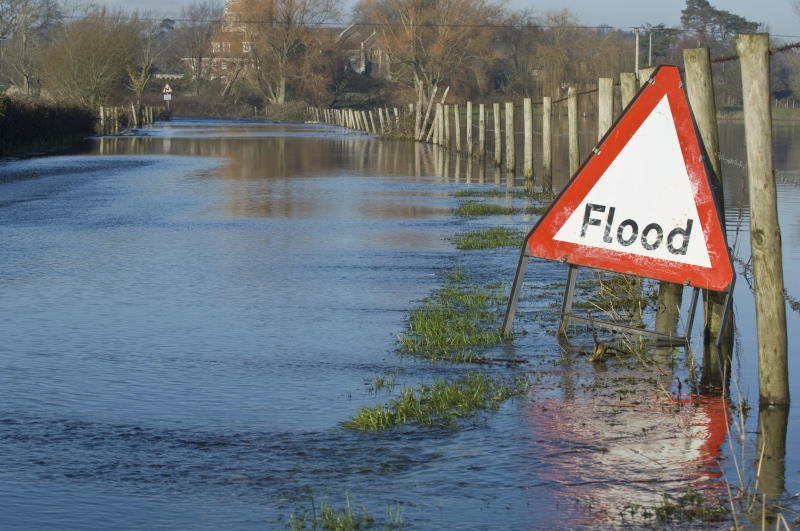Flooding in 2020; remembering a natural risk in unprecedented times

Author: Paolo Larentis, Senior Engineering Risk and Nat Haz Specialist, FM Global.
Even with the flooding seen in the UK at the beginning of the year, it would not be surprising if risk managers’ focus has been elsewhere of late given the unprecedented situation and challenges presented by COVID-19. Perhaps, also, as we move into the spring and summer months, the imminent threat of flooding may seem reduced. However, flooding can happen at any time, and in different locations and can therefore also have an impact through the supply chain.
In today’s difficult times, it is even more important that appropriate attention is given to flood-risk. Industries that are “ramping up” production of essential goods for consumers, hospitals, other industries during the pandemic, need to be particularly prepared as a flood could have a potentially catastrophic impact. Similarly, for those businesses temporarily shutting down their facilities it is important that the return to business is as smooth and painless as possible. The last thing needed is a flood complicating the scenario. Giving hazards like flood appropriate attention now can help prevent the damage and disruption that can be caused when it does occur.
The exposure that businesses face from flooding is further complicated by climate change, and the potential, over time, for the warming planet to increase the severity or frequency of flooding. Whilst it would be too simplistic to blame an individual flood on climate change – in most cases it would have occurred anyway, albeit the flooding may have been less severe – it is clear that climate change will influence this risk moving forward. Climate change is likely to cause more severe storms, causing more severe coastal flooding and more intense rainfall events.
Fortunately, the complex topic of climate change has not significantly altered the risk management strategies required to reduce flood exposure for businesses and a good flood defence will always provide protection, even if at a slightly lower level than originally intended. As always, preparation based on understanding of the business and its vulnerability, quality data and proven methodologies is essential. This preparation can include both long-term steps which a facility takes to mitigate flood exposure, as well as short-term actions in the run-up to a flood occurring which should form part of a flood emergency response plan (FERP).

Having the knowledge to understand the flood exposure at a facility is critical before taking any action. If a facility is exposed, options range from moving to a less flood-prone location (often higher up), to building suitable flood protection measures. These might include the installation of flood barriers to divert water away from the facility and investing in appropriate permanent drainage or protection solutions so that as much water is drained away as possible or prevented from entering the site or critical part of it.
If a flood is imminent and it is not possible to implement these longer-term options, acting on a practised flood emergency response plan is vital, with actions including:
- Moving critical goods/spares/equipment away from low-lying levels to a higher position in the facility to protect it from water damage.
- Flood-proofing low-lying equipment which cannot be moved, to protect it from the flood (e.g. de-energizing, spraying with water repellents, etc.)
- Placing temporary barriers at the entrances to buildings to reduce the amount of water able to enter.
- Blocking penetrations of pipes and drains into the protected perimeter would avoid big surprises during an event.
The FERP should also include actions that can be taken after a flood has occurred, such as drying off, repairing or replacing equipment or specific areas, which will reduce the damage sustained and the impact it has on returning to normal operations after the flood.
For all actions included in the FERP, it is important that specific individuals understand and have practised their responsibilities so that any issues with the plan can be discovered and corrected before it put into action for real.
Although COVID-19 and its impact is likely to be a major focus for risk managers over the months to come, it is important that hazards like flooding are not forgotten and do not aggravate an already difficult situation. Planning and taking action now, including considering the impact of COVID 19 on FERPs and the ability to implement them, could save businesses significant disruption and damage - something that could be even more important at the moment considering the need to recover swiftly once coronavirus-related restrictions are lifted.
